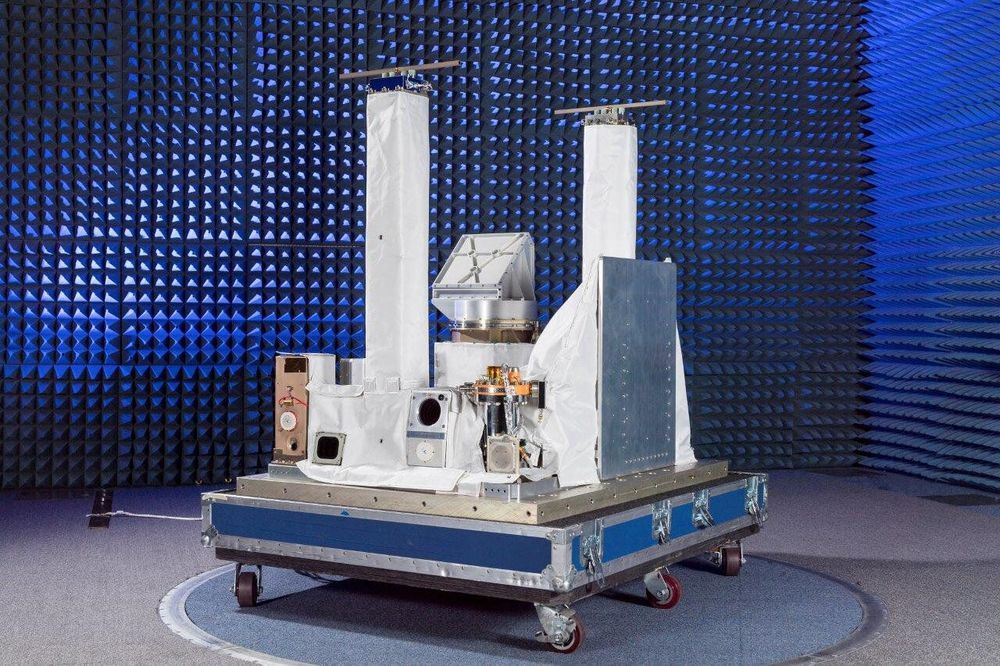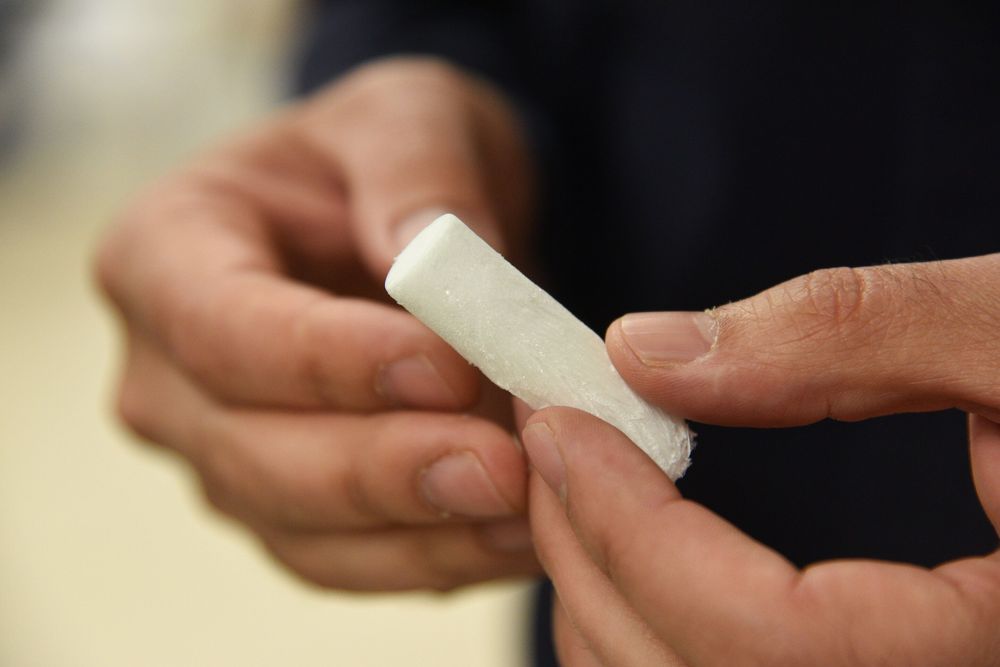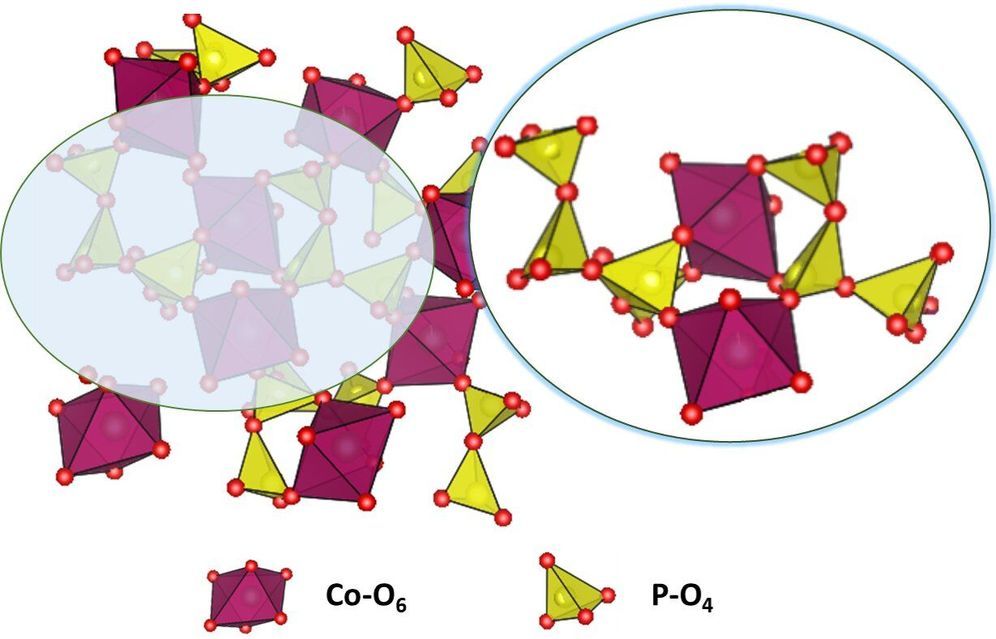Google.org issued an open call to organizations around the world to submit their ideas for how they could use AI to help address societal challenges. We received applications from 119 countries, spanning 6 continents with projects ranging from environmental to humanitarian. From these applications, we selected 20 organizations to support.
Page 8156
May 9, 2019
A pathogen is destroying Italy’s olive trees
Posted by Quinn Sena in categories: biotech/medical, business
Olive trees don’t just dot the landscape in Puglia, Italy; they define it. They are so important here, in the heel of Italy’s boot, that locals use words like “patrimony” and “cultural heritage” when describing them. But what is worrying olive growers here is a disease that’s killing olive trees by the millions.
Paul Cappelli, who’d been an advertising executive in New York City until a few years ago, left his job and moved to a home on the ancient Appian Way surrounded by olive trees, and entered the oil business. “Not the Texas oil business; I’m in the real oil business!” he said.
Today, Villa Cappelli produces about 10,000 liters of olive oil, 95 percent of it sold in the U.S.
Continue reading “A pathogen is destroying Italy’s olive trees” »
May 9, 2019
Digital Paper Could Probably Be Alternative After France Banned Tablets in Schools
Posted by Quinn Sena in categories: education, government, law, mobile phones, policy
From the beginning of the year 2019, the sales of Boox eReaders slightly increase, and so do many other brands such as Kindle, Kobo and Sony. All of them suffered a rapid drop in sales in the previous year but now they are getting back. This may cause by the event that France prohibits students from using smartphones and tablets in schools.

Under the legislation passed in 2018, the French students as old as 15 were not allowed to bring their smartphones as well as tablets to schools from September. The law was originally noted in President Emmanuel Macron’s election campaign. Now, one semester has gone, actually what do folks think to this policy? Earlier than that, France endorsed a blanket smartphone ban for drivers, even those who park at the side of the road, so the further action to school is not that surprising. It seems that the French government is getting realized that the control of electronics use is significant to beat back the encroachment of digital technology in everyday life.
May 9, 2019
Designer Julia Daviy Introduces Her Digitally Customizable 3D Printed Skirt
Posted by Quinn Sena in categories: 3D printing, education, energy, information science, sustainability
 3D printing is moving ever closer to gaining a true home in mainstream commercial applications, thanks to the impact the technology is having on consumer fashion products such as jewelry, footwear, and clothing. While 3D printed fashion was still considered to be more of a novelty a few years ago, efforts have been increasing to make it more common – even in the classroom. Additionally, the technology is helping to usher in a more sustainable and eco-friendly way of manufacturing garments…and designer Julia Daviy is helping to lead the charge.
3D printing is moving ever closer to gaining a true home in mainstream commercial applications, thanks to the impact the technology is having on consumer fashion products such as jewelry, footwear, and clothing. While 3D printed fashion was still considered to be more of a novelty a few years ago, efforts have been increasing to make it more common – even in the classroom. Additionally, the technology is helping to usher in a more sustainable and eco-friendly way of manufacturing garments…and designer Julia Daviy is helping to lead the charge.
In addition to designing clothes, Daviy is also an ecologist and clean technology industry manager, and uses 3D printing to make cruelty-free, zero-waste clothing. She believes that the technology will change how the world produces clothing, especially when it comes to some of the more problematic issues of garment manufacturing, such as animal exploitation, chemical pollution, energy consumption, and material waste.
“Our goal was never to demonstrate the viability of 3D printed clothing and leave things at that. We’ll have succeeded when beautiful, comfortable, ethically manufactured and environmentally friendly clothes are the standard,” Daviy stated. “The innovations we’ve made on the production and marketing side of the equation are just as important as the technological breakthroughs that have gotten us this far.”
Continue reading “Designer Julia Daviy Introduces Her Digitally Customizable 3D Printed Skirt” »
May 9, 2019
Ganit Goldstein unveils new Japan-inspired 3D printed fashion collection
Posted by Quinn Sena in categories: 3D printing, wearables
Up-and-coming fashion designer Ganit Goldstein may not have had her 3D printed wearables on display at the recent Met Gala (where Zac Posen became the latest designer to use 3D printing in his work), but her designs are striking nonetheless. Her most recent collection, Shifted Craft, was debuted at Milan Design Week last month.
Goldstein prides herself as a fashion designer working at the intersection of craft and technology. This means she frequently combines new technologies, such as 3D scanning, modeling and printing with more traditional textile and garment-making practices. Shifted Craft, which comprises seven pieces of jewelry and two pairs of shoes, embodies these overlapping approaches seamlessly and stylishly.

Continue reading “Ganit Goldstein unveils new Japan-inspired 3D printed fashion collection” »
May 9, 2019
Deepika Padukone Wore 408 3D-Printed Adornments on Her Met Gala Dress
Posted by Quinn Sena in category: 3D printing
May 9, 2019
S-money: Ultra-secure form of virtual money proposed
Posted by Quinn Sena in categories: computing, economics, finance, quantum physics, security, space
A new type of money that allows users to make decisions based on information arriving at different locations and times, and that could also protect against attacks from quantum computers, has been proposed by a researcher at the University of Cambridge.
The theoretical framework, dubbed ‘S–money’, could ensure completely unforgeable and secure authentication, and allow faster and more flexible responses than any existing financial technology, harnessing the combined power of quantum theory and relativity. In fact, it could conceivably make it possible to conduct commerce across the Solar System and beyond, without long time lags, although commerce on a galactic scale is a fanciful notion at this point.
Researchers aim to begin testing its practicality on a smaller, Earth-bound scale later this year. S-money requires very fast computations, but may be feasible with current computing technology. Details are published in the Proceedings of the Royal Society A.
Continue reading “S-money: Ultra-secure form of virtual money proposed” »
May 9, 2019
NRL tests sensor on-orbit the ISS to protect space-based assets
Posted by Quinn Sena in categories: particle physics, satellites
Developed by the U.S. Naval Research Laboratory Plasma Physics Division, in conjunction with the Spacecraft Engineering Department, the Space PlasmA Diagnostic suitE (SPADE) experiment launched from Kennedy Space Center in Florida to the International Space Station onboard the SpaceX Dragon resupply mission (CRS-17), May 4.
Integrated onto the Space Test Program-Houston 6 (STP-H6) pallet, SPADE is designed to monitor background space plasma conditions on-orbit the International Space Station and provide early warning of the onset of hazardous levels of spacecraft charging.
The space environment is filled with a collection of electrically charged particles, plasma, and properties that depend on variable solar conditions. Satellite operations in space require continuous monitored plasma conditions and the results it has on spacecraft.
Continue reading “NRL tests sensor on-orbit the ISS to protect space-based assets” »
May 9, 2019
Researchers develop viable, environmentally-friendly alternative to Styrofoam
Posted by Quinn Sena in categories: bioengineering, materials
Washington State University researchers have developed an environmentally-friendly, plant-based material that for the first time works better than Styrofoam for insulation.
The foam is mostly made from nanocrystals of cellulose, the most abundant plant material on earth. The researchers also developed an environmentally friendly and simple manufacturing process to make the foam, using water as a solvent instead of other harmful solvents.
The work, led by Amir Ameli, assistant professor in the School of Mechanical and Materials Engineering, and Xiao Zhang, associate professor in the Gene and Linda School of Chemical Engineering and Bioengineering, is published in the journal Carbohydrate Polymers.
Continue reading “Researchers develop viable, environmentally-friendly alternative to Styrofoam” »
May 9, 2019
A superior, low-cost catalyst for water-splitting
Posted by Quinn Sena in categories: energy, transportation
In a significant step toward large-scale hydrogen production, researchers at the Indian Institute of Science (IISc) have developed a low-cost catalyst that can speed up the splitting of water to produce hydrogen gas.
Splitting water using electricity is a widely-explored method to generate hydrogen gas, a long sought-after clean power source for fuel cells, batteries and zero-emission vehicles. One of two major reactions involved in this process—called the Oxygen Evolution Reaction—is notoriously slow, restricting the overall efficiency. Researchers have focused on developing better catalysts — materials that can speed up the reaction while remaining neutral. The most efficient catalysts today are made from precious metals such as ruthenium and platinum, which are both expensive and rare.
An IISc team has now developed a low-cost catalyst by combining cobalt oxide with phosphate salts of sodium. The material cost is over two hundred times less expensive than the current state-of-the-art ruthenium dioxide catalyst, and the reaction rate is also faster, says Ritambhara Gond, PhD student at the Materials Research Centre (MRC), IISc, who is the first author of the paper published in Angewandte Chemie.
Continue reading “A superior, low-cost catalyst for water-splitting” »
















